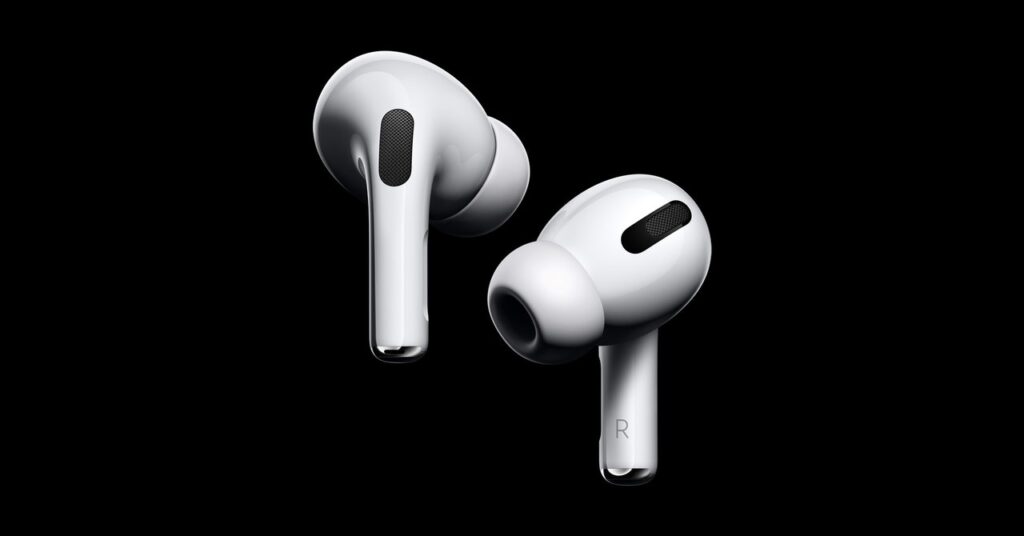Apple’s Conversation Boost Works, but It Makes Things Awkward
While the feature makes spoken exchanges more clear, having to keep your AirPods in your ears during in-person chats sends the…


Here’s an example of that last point: You control some features on the AirPods themselves, some in the volume settings in Control Center, and the nitty-gritty details in the Hearing section of Control Center. Having them more neatly consolidated somewhere would make the feature easier to use. Some presets like “loud restaurant” or “multiple conversations around me” would be nice starting points.
Not long after that dinner, Omicron turned me back into a homebody, which meant one of the only places I had regular contact with people where Conversation Boost would be helpful was at the grocery store. If I had Transparency mode on, which it needs to be to use Conversation Boost, it gave the whole store, with its air vents, chatting customers, and stocking clerks, that underwater-in-the-rain feeling. Communicating at checkout was a lot like it was at Jackalope, and I could never figure out if I should tell people I was talking to for 30 seconds that I was using my headphones to help me hear them. Over the course of a few months of this, I gently circled in on a feeling with them, and a lot of it focused not on how the AirPods Pro performed, but how they were perceived, and how they make people feel.
When you’re out in the world, headphones can signal all sorts of things, such as “I’m grooving to my music” or “Buzz off!” Both are great in their own way. They definitely don’t say, “Let’s communicate!” Some days, I’d leave them on and chat with the cashier to learn more about how the Conversation Boost feature performs, but I always felt weird about it. One day when I didn’t have the Pros with me and was having a funny chat with a twentysomething cashier-bagger comedy duo, I asked how they felt about people wearing headphones while talking to them.
“It takes 30 seconds to check out,” said the cashier, who was understanding but not a fan. “Just be present.”
The bagger had sharper words.
“There’s something in our upbringing that tells us you shouldn’t do that.”
That crystallized what I already knew, and I haven’t put them on since for casual encounters.
I loved having the opportunity to listen to the AirPods Pros for an extended period of time. I did not love their Bluetooth eccentricities and really hoped for more there. As someone with hearing issues, I found Conversation Boost to be a mixed bag, but I was just happy Apple’s engineers are thinking about this, and I have the feeling the feature will improve over time. I bet they’ll be able to refine the boosting, shutting out more of the external noise and honing in on the people in your group. I hope they find a way around the ”talking to someone with headphones in” problem. Maybe instead of tech companies putting creepy cameras into smart glasses, they could design truly excellent directional microphones.
When Omicron ebbed in April, my wife, Elisabeth, and I went to a restaurant with some old friends. Having prepped them ahead of time, I put in the AirPods. I could hear Kristin pretty well and Greg, who was closer to me, a little less so. Perhaps it had something to do with the tone of their voices. It didn’t seem to hurt, but it didn’t help a lot either. After a couple of minutes, I got self-conscious and stuck the headphones back in my pocket. I didn’t want to fiddle around with the settings, I wanted to be present.




